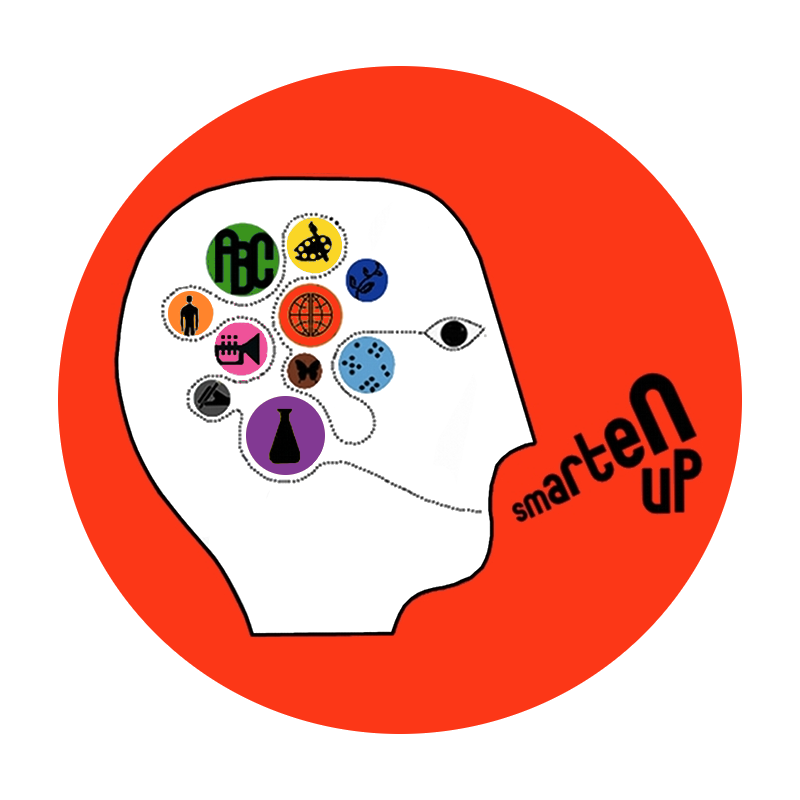Continuing on from our last post’s breakdown of the reasons that students frequently opt for relatively ineffective study methods, today we will outline a few research-backed learning strategies that any student can adopt instead. So far, we introduced one study reporting that student comprehension dramatically increased (an 86% bump) when they created their own summary of lecture slides, rather than just reviewing the original slides. Understanding why that increase is so significant helps illuminate other, similar strategies that students should employ.
The key to the success of summarizing, and of each of the below strategies, is that learning that lasts requires some form of active cognitive resistance. In other words, you have to give your brain something to actively do with the content, not just skimming the surface by reading it off a page. Reorganizing the information, picking out the main ideas and articulating it in your own words, causes your brain to integrate that knowledge into its preexisting schema. These strategies all share a common theme—that is, meaningful engagement with the material—and cover a variety of modalities to suit different learning styles. It’s also worth noting that combining modalities by using more than one strategy in combination will only help students increase their understanding and retention.
Better study strategies:
Ask Questions:
Students should be encouraged not just to engage with comprehension questions in a textbook, but to write their own. According to Mirjam Ebersbach (2020), “students who studied a lesson and then wrote their own questions outperformed students who simply restudied the material by 33 percent.” It’s also a great way for students to go about predicting what they might be asked on test day, giving structure to their studying. The best will go beyond yes/no or fill-in-the-blank-with-facts type questions, to get at the significant theme or takeaway and make connections to earlier material. Students should aim to start their questions with “Explain/why/how/to what extent” etc, and teachers can provide a list of such question starters at the beginning of the year.
Create visual representations:
Concept maps and graphic organizers are a powerful way to stimulate learning, since they encourage students to create categories, (literally) draw connections, and put their thoughts in order. The type of schematic macrostructure these visual representations create is significantly more effective than note-taking in an undefined list structure.
Draw your work:
Relatedly, drawing is a remarkably powerful way to combine modalities and increase retention. According to a study from Myra Fernandes, students are twice as likely to remember vocabulary words they draw. That’s because drawing brings together visual memory (what did it look like), semantic memory (what did it mean), and kinesthetic memory (what did it feel like to draw). And you don’t have to draw well to generate this positive outcome! Just draw.
Teachers learn best:
Another way to ensure that students will meaningfully engage with the material is to give them a teaching role. This role might draw on other strategies as well by requiring them to summarize, to create visual representations, and to generate questions. Teachers can institute a “three before me” rule, encouraging students to seek help from three peers before coming to a teacher, or use “think-pair-share” to have students work together to understand an issue and then teach it to the class. Jigsaw groups are another innovative option—students are each given information about one aspect of a new concept, and then they discuss their area with the group to assemble the ‘puzzle.’

